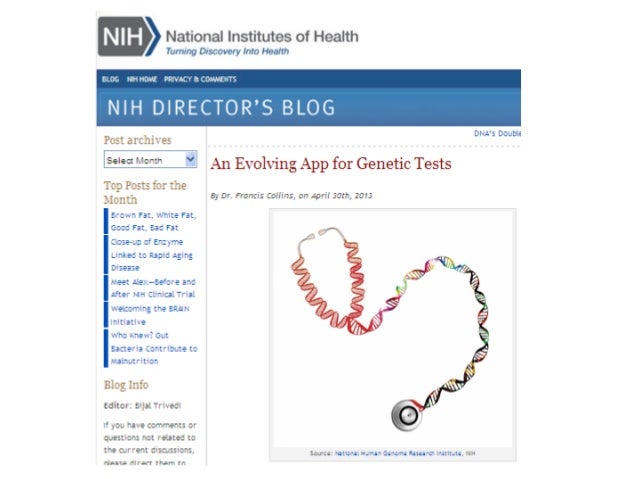
Future human health advancements will result, in part, from “capturing [and understanding] a dynamic picture of the human brain.” In essence, insight into the brain in motion in real time, is what top minds, guided and supported by the National Institutes of Health (NIH), the National Science Foundation, the U.S. Food and Drug Administration and the Defense Advanced Research Projects Agency hope to accomplish over the next few years. The project is called Brain Research through Advancing Innovative Neurotechnologies Initiative — or simply BRAIN. NIH Director, Francis S. Collins, M.D., Ph.D. , in a recent article published in the NIH Director’s Blog, highlights the methods, technologies and tools being developed in order to meet the ambitious goal the agencies have set for themselves.















